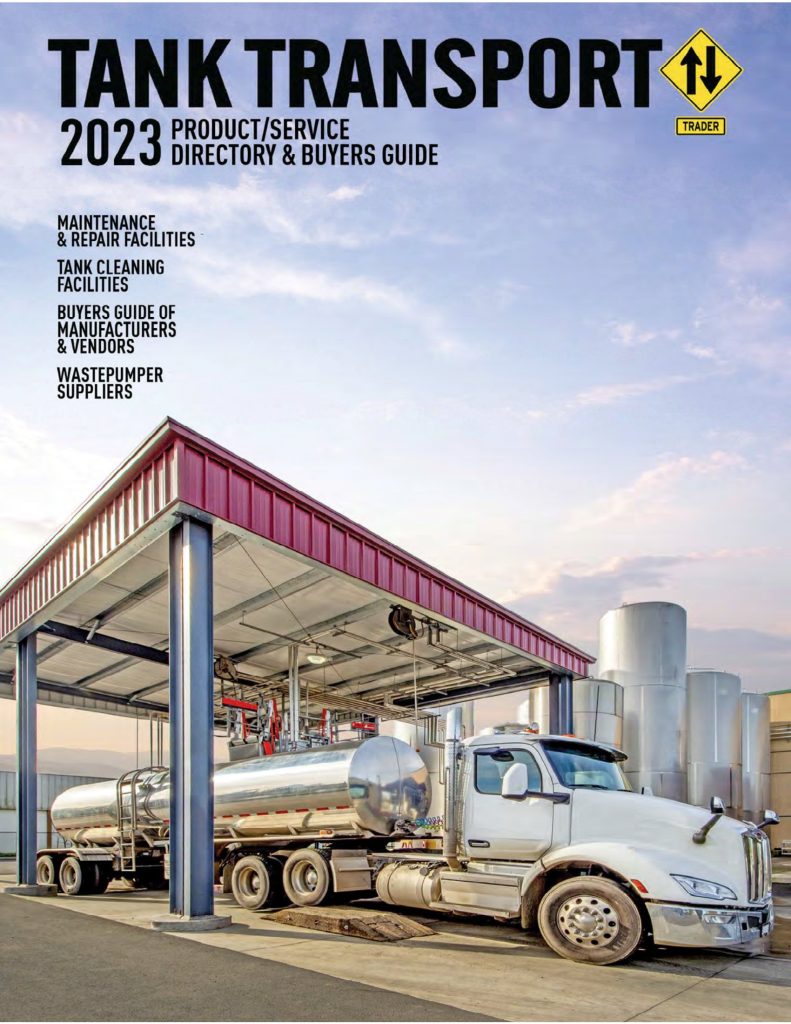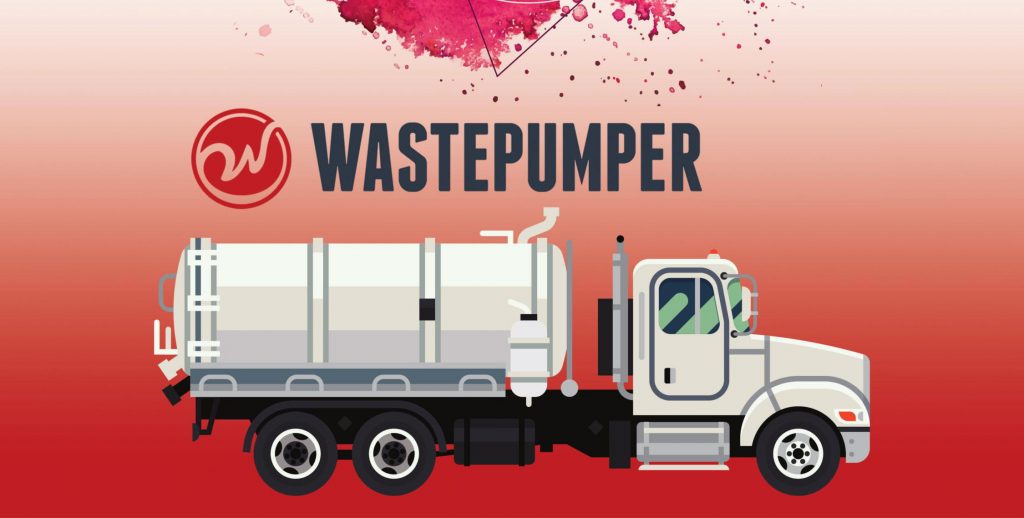- Discover how diesel fuel cost management strategies can stabilize trucking expenses in times of price volatility.
- Learn why alternative fuels—like renewable diesel and hydrogen—are reshaping the future of trucking industry analysis.
- See how advanced telematics and fuel efficiency strategies can improve mileage and cut long-term costs.

Even small diesel price swings can rapidly erode profit margins across a large fleet.
Diesel Fuel Cost Management remains at the forefront of trucking industry analysis, particularly in an era marked by shifting diesel price trends and emerging clean-energy alternatives. Recent U.S. Energy Information Administration (EIA) forecasts suggest continued moderate diesel prices in 2024–2025, but past volatility underscores the need for fleets to hedge against sudden spikes.
This article examines the strategies, technologies, and policies helping carriers optimize fuel efficiency, contain costs, and maintain steady profit margins. To learn more, take a deep dive into diesel fuel news.
Understanding Diesel Fuel Cost Management in Trucking
Diesel stands as the workhorse of commercial trucking, powering the majority of heavy-duty vehicles traveling America’s highways. Although diesel prices have moderated from the record highs seen in 2022, they remain above pre-pandemic levels, reinforcing the importance of robust diesel fuel cost management. Even mild price fluctuations can significantly dent profits when multiplied across large fleets logging thousands of miles per truck each week. For more latest trucking industry insights, explore our dedicated reports.
“Historically, price surges have stemmed from refinery outages, geopolitical disruptions, and shifting demand patterns. For example, during 2022’s extreme volatility, many trucking operators faced soaring operating costs that ate into margins despite fuel surcharges. Today, carriers leverage lessons learned, applying sophisticated route optimization software, telematics-driven driver coaching, and bulk-purchasing programs to insulate themselves from potential price shocks. These measures also align closely with sustainability goals, as better fuel economy translates into reduced emissions.”
Why Does Diesel Fuel Cost Management Matter?
- High Cost Share: Fuel often accounts for 20–30% of overall fleet operational costs, making diesel a critical budget line item.
- Competitive Edge: Fleets that tightly control expenses through diesel fuel cost management can offer more competitive rates and absorb market swings.
- Risk Mitigation: Pricing volatility can erode profitability quickly, particularly for smaller carriers on the spot market without long-term contractual protections.
- Sustainability and Compliance: Stricter emissions standards and environmental regulations press carriers to maximize fuel efficiency and reduce carbon footprints.
Carriers that invest in proactive fuel purchasing, advanced telematics, and driver training stand a better chance of weathering unexpected diesel price fluctuations. As demand patterns shift and new technologies emerge, these strategies become integral for staying profitable and meeting evolving regulatory requirements.
Enjoying our insights?
Subscribe to our newsletter to keep up with the latest industry trends and developments.
Stay InformedMitigating Diesel Fuel Volatility with Surcharges and Contracts

Market swings highlight the need for strategic diesel surcharges and forward contracts.
Carriers often protect themselves from the brunt of diesel price swings by implementing fuel surcharges or negotiating cost-plus contracts with shippers:
- Fuel Surcharges: These link surcharges to a known price benchmark like the U.S. DOE/EIA Weekly Retail On-Highway Diesel Price. As diesel prices rise, surcharges adjust to offset part of the increase.
- Contract Negotiations: Long-term agreements can incorporate escalation clauses, ensuring some stability if diesel prices escalate unexpectedly.
- Spot Market Vulnerabilities: Smaller fleets and owner-operators in the spot market may lack negotiation power, making them more exposed when prices spike.
Read about the strategies used by modern fleets for effective cost management and to further buffer diesel price volatility.
Fuel Purchasing Strategies
- Bulk Buying and Storage: Large carriers purchase diesel in bulk when prices are favorable, storing it on-site to lock in lower rates.
- Fuel Card Programs: Dedicated fuel cards offer fleet discounts and detailed spending data, allowing managers to refine routes and fueling stops.
- Real-Time Price Comparisons: Telematics systems and mobile apps guide drivers to the cheapest fueling stations along planned routes, avoiding unnecessary detours or high-priced locations.
These solutions deliver a measure of predictability and control, ensuring diesel fuel cost management remains stable even during periods of market upheaval.
Fleet Management Software and Diesel Fuel Cost Management
Advanced telematics and fleet management software have revolutionized how carriers approach diesel fuel cost management. By combining real-time data with predictive analytics, fleets can optimize virtually every aspect of their operations:
- Route Optimization: Tools factor in traffic patterns, grades, and weather to minimize total miles traveled, cutting unnecessary fuel usage.
- Driver Behavior Monitoring: Systems track hard braking, rapid acceleration, and idling times. Coaching drivers to adopt fuel-efficient habits can yield notable MPG improvements.
- Maintenance Scheduling: Predictive maintenance extends vehicle lifespans and ensures engines and components operate at peak efficiency, translating to lower fuel consumption.
- Data Benchmarking: Fleets compare internal performance metrics—like cost per mile and average MPG—against industry baselines to identify improvement areas.

A balanced approach—blending traditional diesel with emerging fuels—helps fleets weather market volatility.
Driver coaching programs and real-time performance data offer measurable gains in MPG. Learn more about fuel economy trends and best practices here.
How Do Alternative Fuels Affect Diesel Fuel Cost Management?
Renewable Diesel and Biodiesel
Renewable diesel (RD) and biodiesel are gaining traction as drop-in replacements that significantly reduce lifecycle emissions without requiring extensive engine modifications. This rising “alternative fuels adoption” trend is particularly notable in states with Low-Carbon Fuel Standards, such as California, Oregon, and Washington.
While current production capacity is limited compared to traditional diesel, growing demand and government incentives are accelerating RD’s market expansion. Explore the growing range of alternative fuel solutions shaping the industry.
Hydrogen Trucking Solutions
Hydrogen fuel-cell electric vehicles (FCEVs) offer zero tailpipe emissions and relatively rapid refueling. Pilot programs across the U.S. are testing hydrogen-diesel blends, highlighting the fuel’s potential to reduce carbon intensity for long-haul routes. Despite promising results, the high cost of green hydrogen production and limited nationwide refueling infrastructure remain challenges. Analysts predict that ongoing investments in clean hydrogen, spurred by both private funding and public subsidies, could make hydrogen trucking solutions more accessible in the coming decade.
Electric Truck Incentives

Renewable diesel, hydrogen, and electric trucks are redefining the future of long-haul transport. (Kenworth T680 and Peterbilt 579 Hydrogen Fuel Cell Trucks)
Battery-electric trucks (BEVs) have surged in popularity for short-haul and regional operations, thanks to federal programs like the Inflation Reduction Act and various state-level rebates. Although current ranges and charging constraints still limit long-haul applications, the electric truck incentives offered today are spurring faster market adoption. As battery technology improves and public charging networks expand, BEVs may evolve into a viable option for a broader spectrum of trucking tasks. As fleets shift away from fossil fuels, sustainability initiatives in trucking gain momentum.
Policy Shifts Impacting Diesel Fuel Cost Management
Trucking operations are affected not only by market forces but also by an evolving regulatory landscape at both federal and state levels:
– Stay informed on the recent policy and regulations updates shaping the sector.
- Federal Incentives: Alongside new tax credits for electric truck purchases, the Inflation Reduction Act provides funding for charging or hydrogen-refueling infrastructure.
- EPA NOx Emissions Standards: The EPA has introduced stricter limits on nitrogen oxides and greenhouse gas emissions from heavy-duty trucks, encouraging fleets to consider alternative fuels and advanced emissions technologies. Read more on innovations reducing trucking emissions.
- State-Level Mandates: California’s Advanced Clean Trucks rule sets ambitious zero-emission sales targets, and other states often follow its lead, pushing carriers nationwide to invest in cleaner technologies.
- Low-Carbon Fuel Programs: Regulatory frameworks like California’s Low Carbon Fuel Standard spur adoption of renewable diesel and other low-emission alternatives, impacting diesel price dynamics and overall fleet sourcing strategies.
Diesel Fuel Cost Management Market Projections

Telematics and predictive analytics are transforming cost management and fuel efficiency.
Recent EIA diesel forecasts point toward relatively steady prices through 2025, generally hovering in the mid-$3 per gallon range. Analysts credit several factors for this equilibrium:
- Consistent U.S. Oil Production: Domestic output has stabilized, reducing reliance on volatile international markets.
- Refinery Capacity Improvements: Upgrades and expansions have eased some supply bottlenecks encountered in 2022.
- Softer Freight Demand: A slowdown in certain freight markets, coupled with more efficient truck operations, curbs diesel consumption.
Still, trucking operators remain mindful that geopolitical tensions or refinery disruptions could jolt fuel markets at any time. Maintaining robust diesel fuel cost management strategies is essential for mitigating the impact of future uncertainty.
Diesel Fuel Cost Management: Future Outlook
While diesel currently dominates heavy-duty transport, ongoing innovation suggests a more diversified energy mix ahead. Hydrogen trucking solutions for long-haul routes, expanding battery-electric fleets for regional and urban distribution, and the accelerating production of renewable diesel all point to a gradually shifting landscape. As fleets incorporate new technologies and refine existing strategies, diesel costs may become more predictable thanks to:
- Improved Efficiency: From aerodynamic truck designs to AI-driven dispatch tools, carriers are consistently finding ways to reduce waste and boost MPG.
- Stable Alternatives: Wider adoption of renewable diesel and biodiesel dilutes reliance on petroleum-based fuel.
- Sustainability Pressures: Regulatory measures at federal and state levels encourage carriers to invest in cleaner fuel sources, effectively diversifying energy choices in trucking.

Predictable diesel costs hinge on efficient route planning and disciplined fuel purchasing.
Carriers that strike a balance between traditional diesel-centric operations and emerging fuels will likely thrive in a market shaped by both economic and environmental considerations. Even as diesel remains integral to the industry, diesel fuel cost management will evolve in tandem with broader shifts toward sustainability and energy diversification. For a broader perspective on market developments, check out our comprehensive industry analysis reports.
7 Powerful Insights and Key Developments in Diesel Fuel Cost Management
- Price Stability Trends & Cost Controls
- Insight: Even small diesel price increases can significantly affect profit margins, prompting fleets to deploy surcharges, forward contracts, and bulk purchasing.
- Development: EIA forecasts indicate moderate diesel pricing through 2025, allowing carriers to refine and solidify their fuel-cost management strategies.
- Spot Market Challenges & Technological Advancements
- Insight: Smaller carriers relying on the spot market are more vulnerable to sudden fuel price spikes, often lacking long-term agreements or negotiating power.
- Development: Modern telematics, driver behavior scoring, and predictive maintenance can mitigate these pressures, redefining how all carriers—big or small—optimize fuel usage.
- Route Optimization & Driver Training
- Insight: Targeted coaching and advanced route planning lower total miles traveled, reduce idle time, and improve MPG.
- Development: These methods work in tandem with cutting-edge analytics—part of ongoing technological advancements—to substantially reduce operating costs over time.
- Bulk Buying & Fuel Card Programs
- Insight: Purchasing fuel in bulk at opportunistic times, along with using specialized fuel cards, stabilizes diesel pricing for fleets and provides detailed cost data.
- Development: As EIA price trends evolve, these programs remain vital for hedging against unforeseen diesel volatility while leveraging real-time price insights.
- Adoption of Alternative Fuels & Cleaner Operations
- Insight: Renewable diesel, biodiesel, hydrogen, and electric trucks hold promise for cost savings and reduced emissions, particularly when supported by available incentives.
- Development: Alternative Fuels Adoption is on the rise, aided by both environmental targets and proactive policies that encourage fuel diversification.
- Regulations, Incentives & Emissions Goals
- Insight: Increasingly strict EPA standards, combined with federal and state incentives, drive fleets to adopt greener trucking technologies.
- Development: Regulatory Shifts—like the Advanced Clean Trucks rule or Low-Carbon Fuel Standards—compel carriers to explore new energy sources, reducing diesel dependency in the long term.
- Long-Term Outlook, Sustainability & Diversification
- Insight: Adopting new fuel solutions and advanced cost-control methods can help fleets balance diesel-centric operations with emerging sustainability initiatives.
- Development: Price stability projections through 2025 offer a window for refining strategies, giving carriers an opportunity to integrate alternative fuels, telematics, and other technologies to stay competitive and reduce environmental impact.
Additional Considerations for Managing Diesel Price Fluctuations

Economic and policy shifts continue to redefine the landscape of diesel fuel cost management.
While larger fleets often leverage strategies like bulk purchasing and stable fuel contracts to lessen the impact of market fluctuations, smaller carriers may find it challenging to secure long-term agreements or negotiate volume discounts. Limited cash flow, fewer trucks, and spot market reliance can quickly erode profit margins when diesel prices spike. In this environment, participating in fuel card programs, exploring partnerships, or joining smaller carrier networks can provide more buying power and mitigate risks.
Beyond these operational tactics, global economic conditions remain a major wildcard. Potential disruptions—such as geopolitical tensions, natural disasters, or shifts in consumer demand—can reduce refinery output or strain supply chains, pushing diesel costs higher. Seasonal demand (e.g., agricultural harvest seasons) can also apply upward pressure, especially in regions where diesel consumption surges. Staying abreast of economic forecasts and industry reports helps carriers anticipate potential price changes.
Meanwhile, the transition to greener alternatives could introduce both near-term and long-term price dynamics. As more fleets adopt renewable diesel, hydrogen, or battery-electric trucks, the demand for conventional diesel may flatten or decline. Over time, this could ease price volatility, but only if refiners and suppliers adjust production accordingly. Ultimately, carriers can best navigate uncertain diesel markets by combining practical cost-control methods with a forward-looking stance on sustainability and evolving fuel technologies.
Further Reading on Diesel Fuel Cost Management
- Learn more about price structures, influencing factors, and historical data from: Diesel Fuel Explained – Prices and Outlook (U.S. Energy Information Administration).
- Stay updated on weekly national and regional price changes at Gasoline and Diesel Fuel Update (U.S. EIA).
- Explore the latest developments in clean, renewable fuel technology at Clean Fuels Alliance America.
- Find industry data, economic trends, and policy insights at the American Trucking Associations (ATA).
- Discover practical resources on alternative fuels, idle reduction, and efficiency at the U.S. Department of Energy (DOE) – Alternative Fuels Data Center.
- Find comprehensive data on operational costs, safety trends, and emerging technologies at the American Transportation Research Institute (ATRI) .




















